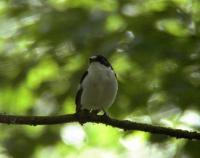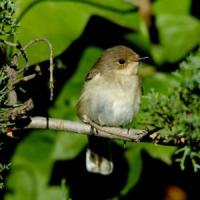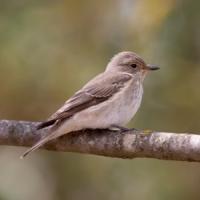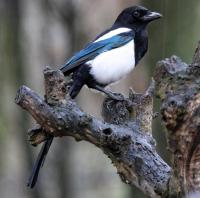- Home
- FAQs
- Customer Video Gallery
- Customer Photo Gallery
- Bird Facts
- Bird Food Blog
- Bird Information
- Feeding Advice
- Small Animal Information
- A to Z of Guinea Pigs
- A to Z of Hamsters
- A to Z of Rabbits
- Basic Care for Guinea Pigs
- Basic Care for Hamsters
- Basic Care for Rabbits
- Basic care for Chinchillas
- Basic care for Ferrets
- Basic care for Gerbils
- Basic care for Mice
- Basic care for Rats
- Buying a Healthy Small Animal
- Does your Reptile need a Licence
- Equipment for Ferrets
- Equipment for Hamsters
- Equipment for Mice
- Equipment for your Chinchilla
- Equipment for your Gerbil
- Equipment for your Guinea Pig
- Equipment for your Rabbit
- Keeping a House Rabbit
- Dog Information
- Cat Information
- Customer Information
- Fat Balls
- Suet Pellets
- Straights
- Seed Mixes
- Suet Treats
- Mealworms
- Bird Feeders
- My Account
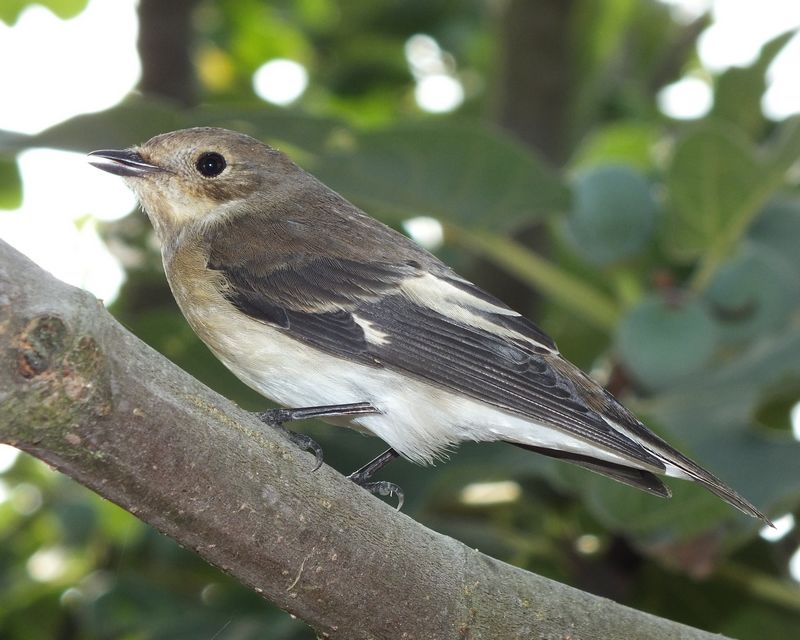
| Scientific Name | Ficedula hypoleuca |
| Breeding | May |
| Fledge Days | 13-16 |
| Incubation Days | 12-13 |
| Lifespan | 2 years |
| Number of Clutches | 1 |
| Number of Eggs | 4-7 |
| Size | 13cm |
| Weight | 10 - 15g |
| Wingspan | 22cm |
Bird Family : Flycatchers
Pied Flycatcher Facts - Information About Pied Flycatcher
Pied Flycatcher - Ficedula Hypoleuca
The Pied Flycatcher is a summer migrant to the UK.
As the name suggests, it feeds on flies that are caught by making a quick dash from an obvious perch. There are around 40, 000 pairs in the UK each summer. The Pied Flycatcher is a small unmistakable bird that often sits with drooped wings. It spends its winter in Africa.
Identification:
Adult
- Adult males and females share the same plumage pattern but are different colours.
- Male Pied Flycatchers are small and chunky,13cm in length and are black and white all over, they are quite unmistakable.
- The upperparts are black and white, tail is black with white base to outer tail feathers, rump is a slightly paler, back is jet black, wings are black with white wing patch (tertials)
- The nape and head is black except for small white patch above the black bill.
- Chin and throat white, extending to form a half collar.
- The entire underparts are white, ie; chin, throat, breast, belly and undertail coverts.
- Legs, bill and eye black.
- Females are brown versions of the male although tail is dark, no obvious white patch over the bill and the collar is less distinct.
Juvenile
- Juveniles appear from June onwards as they are a late migrant; they are a similar to adult females.
- Young birds of either sex look like females, i.e. brown above, white below with darker tail and often a buffish breast.
- Bill, legs and eye black.
Status and Distribution
The Pied Flycatcher is a breeding summer migrant, it arrives in May and departs September. In the UK we have around 40,000 pairs. The Pied Flycatcher occurs in all counties throughout the UK, mainly with a westerly bias. It does not breed in Ireland.
Habitat/Food
Like Spotted Flycatchers, Pied Flycatchers occur in many habitat types throughout the UK as long as there are deciduous trees; they prefer open areas in which to catch flies.
Woodlands, parks, gardens, farmland, hedgerows, indeed any open country habitat with trees can be attractive to flycatchers.
Song/Call
Several call notes; main call is a single ‘chet’, alarm is a repeated sharp metallic ‘tic’.
Song is a loud series of repeated notes, ‘peechee peechee peechee’ followed by a combination of liquid notes.




